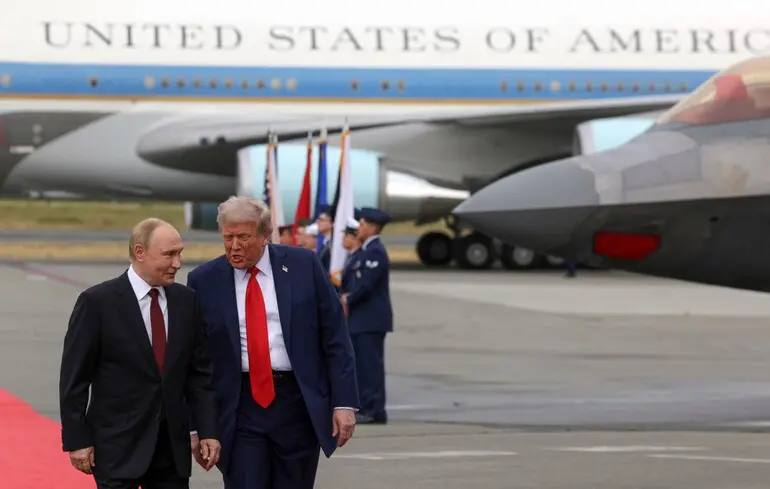Trump relies on personal diplomacy with Putin: illusions, strategic confusion, and uncertainty in the Ukrainian conflict

In mid-May, U.S.
President Donald Trump stated to journalists that the most effective way to resolve the Ukraine conflict was through personal meetings with Vladimir Putin.
According to him, until the two leaders sit down at the negotiation table, nothing substantial will happen.
Trump insisted that such a summit could serve as the key to reaching a compromise and stopping the war that has been devastating Ukraine for over a year and threatening regional stability.
However, just nine days after this statement, the situation became increasingly tangled and ambiguous, with signs indicating that any meaningful progress had halted, reports The New York Times.
Over the following days, evidence of active negotiations disappeared, and analysts suggested a strategic uncertainty surrounded the U.S.
approach to resolving the crisis.At times, Trump hinted that there might not be direct meetings between Putin and Zelensky; instead, he advocated for personal talks between the two presidents to help reduce tensions and reach agreement.
But to date, no official summit or face-to-face meeting between Russian and Ukrainian leaders is scheduled.
Russian Foreign Minister Sergey Lavrov confirmed on Sunday that “the agenda is not ready at all,” emphasizing the lack of progress in diplomatic efforts.While Trump tries to convince European allies that Putin supposedly agreed to deploy peacekeeping forces in Ukraine, Moscow increasingly describes a different scenario: Russian officials now suggest that Moscow itself will assume the role of security guarantor for Ukraine, contradicting earlier claims.
When asked about the essence of these security guarantees, Trump admitted that “details have not yet been discussed,” revealing a deep strategic rift and uncertainty in approaches.
This ambiguity amplifies the inconsistency within the U.S.
administration’s stance on its role in Ukraine.On one hand, Trump sometimes positions himself as a potential mediator who can leverage influence to push for compromise and peace.
On the other hand, he repeatedly emphasizes that the U.S.
cannot use military means and that Ukraine and Russia should resolve their issues independently.
Previously, he hinted that he could push Putin and Zelensky to sit at the negotiating table but leaves a margin for retreat and denial, suggesting that, in case of failure, he might simply withdraw.Currently, his diplomatic skills in this matter are questionable, as history shows that Trump’s personal negotiations with leaders rarely lead to concrete solutions.
The 2019 Anchorage summit, intended to ease tension with Russia, ended in failure and further escalation.
Similar to diplomacy with North Korea, where nuclear disarmament was never achieved, incomplete negotiations with Russia may only worsen the situation.Today, diplomatic efforts resemble orchestrated performances and media displays.
Notably, Putin, a few years ago, was seen smiling during handshakes and photo sessions with Trump, but tangible progress remains elusive.
Experts warn that Russian manipulation and theatrical diplomacy continue to be the main strategies, preventing real breakthroughs.Overall, diplomatic ambiguity, strategic uncertainty, and lack of concrete agreements foster growing distrust in the prospects for a quick resolution of Ukraine’s crisis.
Past diplomatic failures demonstrate that without a clear and consistent strategy accounting for the real interests and identity of the involved parties, negotiations risk remaining illusions.
For now, as diplomacy unfolds at the highest levels, Ukrainians can only hope for real actions rather than empty promises and manipulations.

